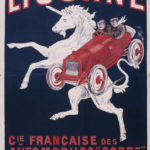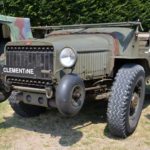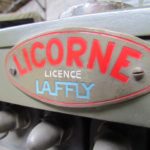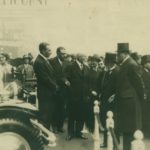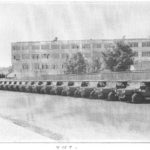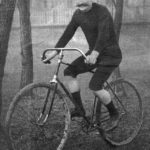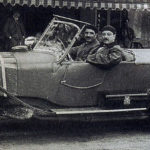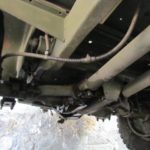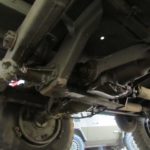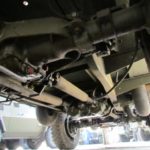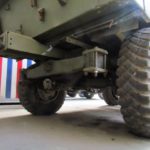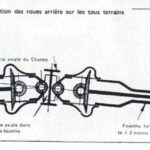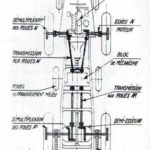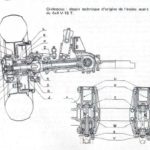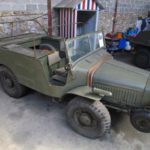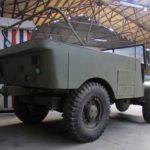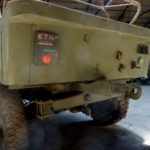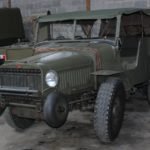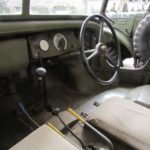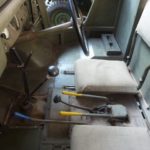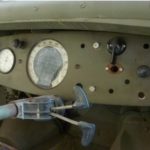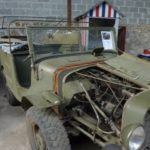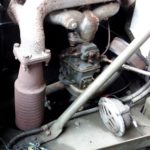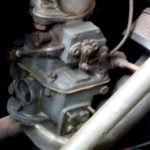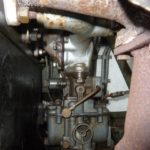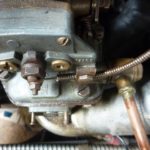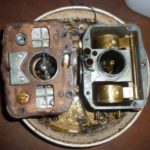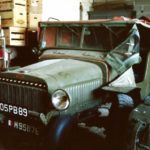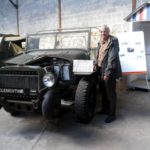History
Founded in 1849, Laffly was a French manufacturer of trucks and commercial vehicles. In 1912, the Laffly company began manufacturing vehicles in Boulogne-Billancourt, a Paris suburb better known for its historical Renault manufacturing plant (no longer in existence). In the 1930s and until the end of the Second World War, Laffly manufactured many military trucks, special road vehicles, fire fighting and utilities vehicles like combined road sweeper-sprinkler. Laffly worked closely with Hotchkiss. The vehicles were mostly designed by Laffly and fitted with Hotchkiss engines. Both companies commercialized the vehicles.
By the end of 1938, the Laffly tractor V15 T (T stands for artillery Tractor) is adopted to tow the Hotchkiss 25 mm anti-tank gun. The V15 T will be used during the Second World War. A first order for 100 vehicles was followed by a request for an additional 1386 vehicles, to be delivered before the end of September 1940. Actually, less than 200 vehicles, outsourced to the automotive manufacturing company “La Licorne”, will finally be delivered in June 1940. The UNIVEM V15T was manufactured by “La Licorne”.
- Traversée Estivale de Paris 2018 à Meudon – Laffly V15T
Corre La Licorne was an automotive manufacturing company founded by Jean-Marie Corre in 1901 under the name “French Society of Automobiles Corre.” At the beginning of its activity, the company produced convertibles tricycles and quadricycles fitted with a single cylinder engine. The cars were produced under the name of Corre, then Corre-La Licorne when the firm chose to adorn their radiator grilles with a unicorn (“licorne” in french). It seems that they have adopted this emblem as a result of champion race driver Waldemar Lestienne, whose family arms exhibited a unicorn. The company was taken over in 1907 by Waldemar Lestienne, who made his fortune in textiles, and soon gave up the name of Corre to keep only that of La Licorne or Licorne (this mythical animal shown on the coat of arms of his family). After the Second World War, the vehicule was not accepted in the “Pons Plan” for automobile production. Laffly ceased operations in 1949 after being bought by Bugatti and then sold to Berliet.
The characteristic look of the vehicle is mainly due to its independent suspensions, each wheel being linked to a triangle oscillating along an axis parallel to the central beam-frame. The inclination of anyone wheel is thus totally dependent on the movement of its suspension (thirty degrees). From the center differential-reducing block depart 4 shafts, one for each wheel. The differencial gear concerns only the rear wheels. It can be blocked in rough terrain. The front wheels can be individually powered with levers next to the driver seat, there is no differential gear for them.
Small non-motorized ditch crossing wheels equip the vehicle in the front and in the middle. The radiator was designed in such a way that individual channels (elements) could be replaced.
The driving position is rather uncomfortable, with straight legs stretched horizontally. In the photo of the driver area : the yellow levers are those used to power individually each front wheel, the blue lever locks the differential gear of the rear wheels, between the yellow levers is the transfer case lever, and to all this must be added the gear lever and the handbrake lever.
It was a good all-terrain vehicle with undeniable qualities but mechanically too complicated for an army which must often improvise mechanical workshops in the open fields.
Technical data
Production year : 1938
T stands for “Tracteur d’artillerie léger” (Light Artillery Tractor) R stand for “Reconnaissance” (Recognition)
Hotchkiss 413 gasoline engine, 4 cylinders in line, 2,300 cm3 (140 cu in), 55 hp, 3,200 rpm
4 speed gear box Max speed : 58 km/h (36 mph) Empty weight : 2.4 t (5,291 lb) Payload : 700 kg (1543 lb) Tow capacity : weight of 600 kg (1323 lb) Grond clearance : 33.4 cm Wheelbase: 2.145 m Width : 1.80 m
Some details of the engine:
Le Laffly, lors de son arrivée à l’UNIVEM en 1990, et le parrain actuel, qui pose fièrement à côté :





